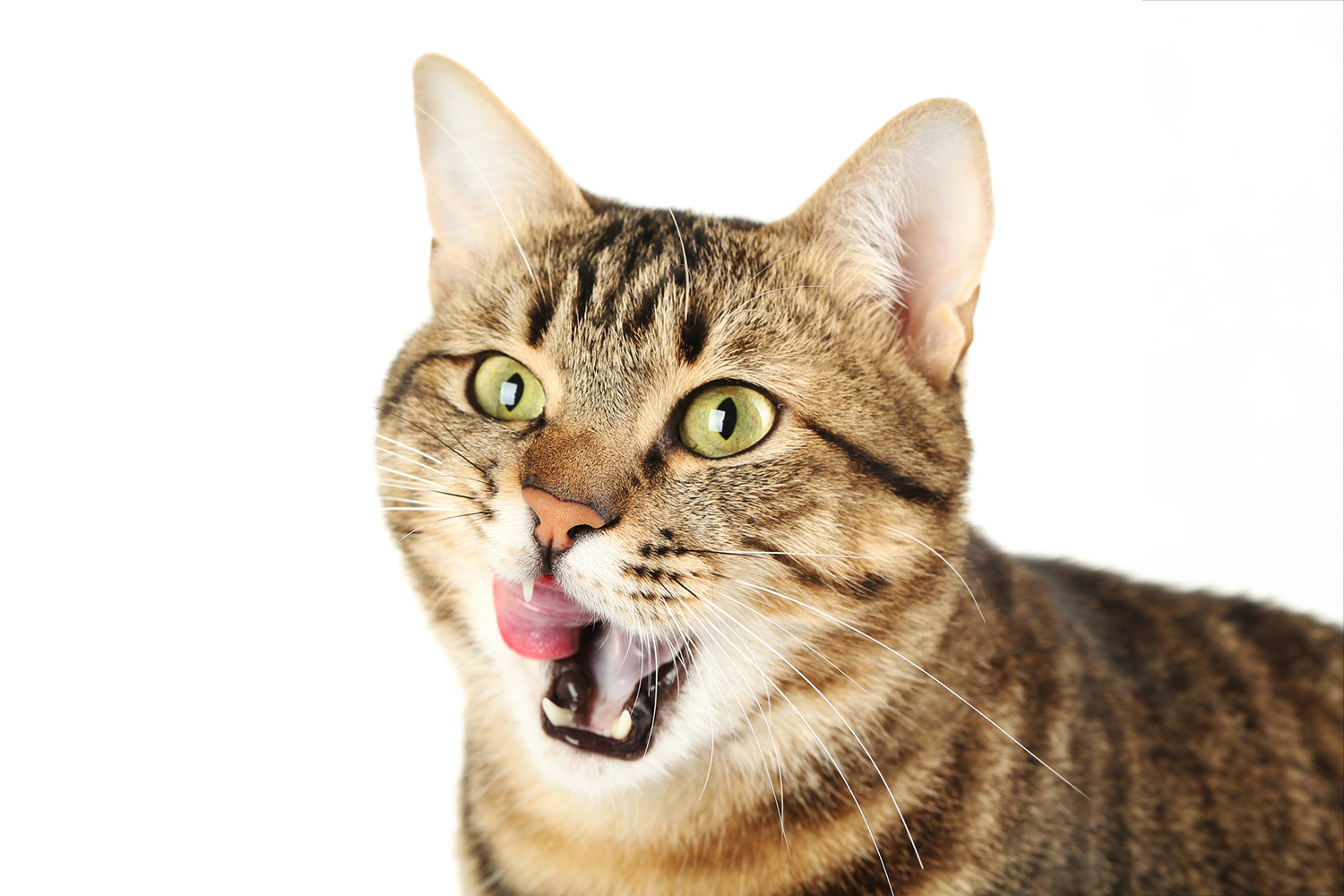ALGROS/Feed
Feed: Algae as a sustainable and nutrient-rich ingredient
„The change of mind in livestock farming towards more animal welfare and less emissions has already begun. For innovative and natural feed solutions, the recipe is adapted to the species and the desired result. Micro-algae and seaweed make an important contribution here.“
— Michael Hofmann, Founder & Head of Development Algros and Algenladen GmbH
What will the nutrition of domestic and farm animals actually look like in the future? Animal health and near-natural production are in the foreground. We offer versatile raw materials and extracts from micro-algae and seaweed to meet this challenge. Find out everything about feed, algae and their many benefits here.
Algae for livestock and pets – which animals can use algae in their feed?
Algae feed for farm animals:
- Poultry:
Whether laying hens, broilers or turkeys, poultry can be provided with vitamins, minerals and high-quality protein through algae. However, the animals have different dietary requirements. The diet of broilers, for example, should be fatty. The advantage of oils from microalgae: They are rich in omega-3 fatty acids. These can be found in the end product. In addition, the administration of antibiotics can be reduced. - Pigs:
As omnivores, pigs also accept algae in their diet. Compared to conventional feed, pigs tolerate seaweed particularly well. Also in pigs, the anti-microbial effect of brown algae helps to reduce the use of antibiotics.
- Fish and crustaceans:
Many species of fish naturally eat seaweed. In aquaculture, the vegetable part of the feed can be replaced by algae. This contributes to sustainable farming. - Bees:
Beekeepers supplement feed to their bees under certain conditions. Various types of algae can be considered as pollen substitutes. They are nutritious and the bees metabolize the food easily. - Cattle:
Both dairy cows and beef cattle can be fed algae. In both cases this has an impact on the final product. The content of omega-3 fats increases in the milk and in the meat. Reduction of antibiotics. Feeding Asparagopsis causes a reduction in methane emissions.



Feed with algae not only for cattle and lifestock:
- Pets: Feeding dogs, cats, hamsters and more is possible with algae. Whenever a vegetable source of protein is sought, the alternative from the sea can be considered. Some products containing certain types of algae have also proven successful in the area of oral hygiene.
- Horses: They benefit from the mineral-rich addition to the feed. Especially in winter, when horses cannot go to a paddock, algae feed offers an optimal supplement.
There are hardly any limits to the use of algae in animal feed. The most common farm and domestic animals tolerate the sustainable raw material very well. Is the animal species for which you are developing feed not mentioned? Then contact us. Together we can find a suitable type of algae that ideally suits the needs of your customers.
Our TOP sellers in the feed sector

What are the advantages of feed with algae?
Why are more and more producers of animal feed choosing algae? The answer to this question is manifold, because the raw material offers several advantages. For the producers as well as for the animal owners or farmers, the animals themselves and the end consumers.
Sustainability
Health benefits for the end consumer
Economic efficiency
Health benefits for the animal



Which algae are suitable for the production of animal feed?
There is a great variety in animal feeds. Different animals have different demands on their feed. Young animals receive a different feed supplement than adult animals. So it is also clear that not every alga should be added to every feed. We present the most popular types of algae with a possible use.
| Algae / Algae product | Advantages |
| Spirulina | This micro layer is an all-rounder and can be added to many feeds. It is especially popular for feed. Suitable for horses, dogs, cats, bees, laying hens, dairy cows, pigs. |
| Chlorella | This microalga is also suitable as a supplement in many feeds. Suitable for horses, dogs, cats, bees, laying hens, dairy cows, beef cattle, pigs. |
| Nannochloropsis | Another microalga used especially for dairy cows, as it can increase the content of healthy fatty acids in the milk. Suitable for dairy cows, fish farming, shrimp farming. |
| Schizochytrium | This microalga also contains omega-3 fatty acids and is therefore recommended when animals need more healthy fats. Suitable for horses, cattle for fattening. |
| Ascophyllum | An iodine-rich brown alga that can have an influence on the oral flora and end products enriched with iodine. Suitable for dogs, cats, laying hens, pigs. |
| Fucus | A brown alga that is found in the Baltic Sea, among other places. It is also a source of iodine in feed. Dogs, cats, lobster farming. |









